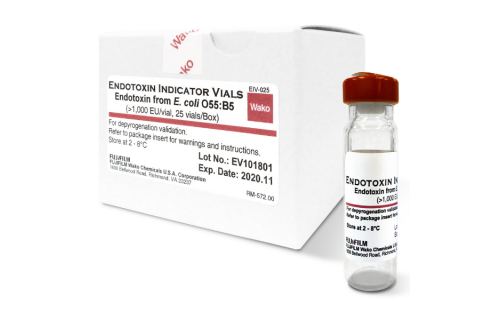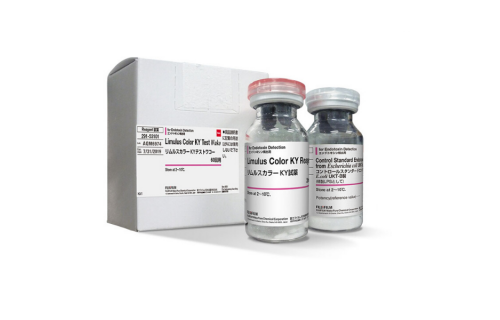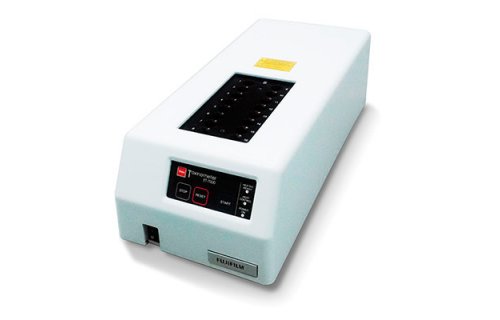Variation of Endotoxin/LPS Across Bacterial Species
Endotoxin, also known as lipopolysaccharide (LPS), is a component of the outer cell wall of Gram-negative bacteria. LPS is a pathogen-associated molecular pattern (PAMP), meaning that it serves as a marker for the immune system to recognize bacterial invaders.
LPS is made from a lipid (fat), which anchors the structure to the cell wall, and an oligosaccharide (sugar), which extends from the bacterial surface. The lipid moiety, known as lipid A, is the main structure that's recognized by the immune system. Specifically, lipid A is recognized by a complex of two immune system proteins: Toll-like receptor 4 (TLR4) and MD-2. When activated, this complex triggers an innate immune cascade to fight the pathogen.
Both the lipid and oligosaccharide components of LPS vary considerably between different species of bacteria. These variations can have a dramatic effect on the host's ability to recognize and respond to the infection. The oligosaccharide tends to have the highest degree of variability in terms of both size and structure. In fact, the LPS oligosaccharide is frequently used to classify different strains of bacteria.
In contrast, variations of lipid A between bacterial species are more subtle. The general structure of lipid A consists of two units of glucosamine (a form of sugar), each of which is attached to one phosphate group and several acyl (fatty acid) chains.
The most common variety of lipid A contains six acyl chains. This form is found in many common Gram-negative bacteria, including E. coli, and is capable of eliciting a strong immune response via the TLR4/MD-4 complex. However, other species of bacteria express forms of lipid A with more or fewer than six acyl groups. These unusual forms of lipid A do not stimulate the TLR4/MD-2 complex as strongly.
For example, Yersinia pestis, the bacterium responsible for bubonic plague, changes the composition of its LPS throughout its life cycle. When residing in a rat, the bacterium has a heterogenous mix of lipid A species with between three and six acyl groups. When it moves to a human host, the three- and four-acyl species are preferentially expressed. This limits the immune system's ability to recognize the pathogen, allowing it to multiply very rapidly and spread throughout the body.
Other common bacteria use a similar strategy to evade the immune system and establish chronic infection. These include Helicobacter pylori, which causes stomach ulcers, and Porphyromonas gingivalis, which causes gum disease.
One practical effect of the variability of LPS across bacterial species is in the quality control of pharmaceuticals and medical devices. The Limulus amebocyte lysate (LAL) assay utilizes a coagulation reaction to quantify levels of endotoxin contamination in a sample. Notably, the structure of LPS can impact its detection by LAL.
For example, one study found that LAL could successfully detect most forms of LPS, but the assay is inhibited by a particular species, which contains only one glucosamine unit and one acyl group. Another group reported similar findings, but argued that since these chemically-degraded forms of LPS are extremely rare in nature, the LAL assay remains a reliable tool for endotoxin quantification in medical research.






